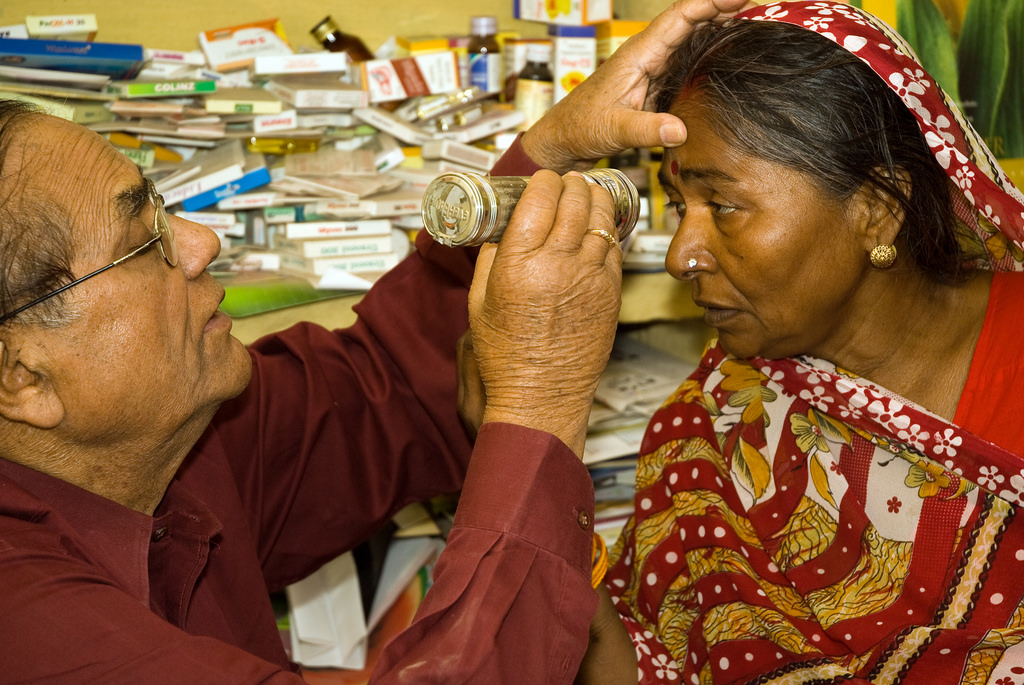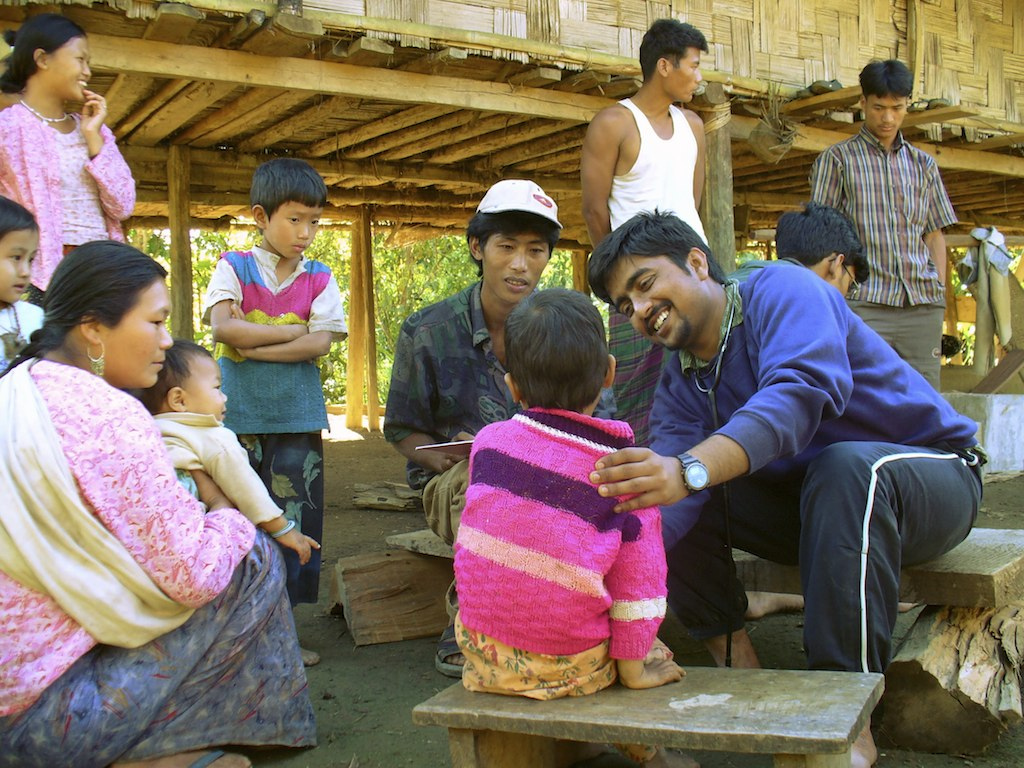The newly-launched Pradhan Mantri Jan Arogya Yojana is set to cover 10.74 crore needy families. It is said to come with a robust mechanism to avoid fraud — in contrast to its antecedent, the Rashtriya Swasthya Bima Yojana — and has an elaborate digital campaign to take its message to remote corners of the nation. Along with the stated emphasis on primary care through health and wellness centres, it sparks hopes of universal health coverage. In this respect, where do we stand today, and how much promise lies ahead?
Apart from being an example of a ‘poor’ country to adopt UHC, the fact that Thailand did so at a GDP per capita of $1,900, a level that approximates that of India today, makes it apt for comparison. Beginning in 1975 with the ‘free medical care programme’, at a GDP per capita of $390, Thailand incrementally expanded coverage from 30 per cent in 1975 to 71 per cent in 2000, after which full coverage was finally achieved in 2002. The process saw preferential investment in expanding the rural public health-care infrastructure, training community health workers and strengthening primary care, often by freezing investment in urban hospitals and even during economic slowdowns and against international prescriptions.
In India, on the contrary, the erstwhile five-year plans saw an almost exclusive emphasis on economic services, keeping only the leftovers of plan resources for public health and, as such, betraying the lack of a long-term vision to develop a UHC framework. Development of health services preserved a prominent urban bias, was hospital-led, and had a heavy foreign influence.
The comprehensive Bhore plan (1946) of a universal, primary care-led, tax-financed health service, conceived carefully to be responsive to the Indian context and its vast rural-urban disparities, was cut short in favour of a prematurely introduced healthcare market. Disparities widened, technical capacities shrivelled in the name of market liberty, and the public health system suffered.
Thailand shows that UHC is more about the journey than the destination. It could adopt UHC at a level of economic development that offers only a faint hope for India to pull off a similar feat today. Thailand had a robust framework capable of delivering genuine UHC, owing to years of focused initiatives and long-term investments. India finds itself with a health ecosystem militating against equitable healthcare. Countries often compromise long-term interests in pursuit of short-term gains. One might wonder how sensible it is to fund a large-scale hospital insurance scheme with the market as its main player in a setting of unfulfilled basic health needs. It makes sense, however, considering that it is the only practicable avenue of providing immediate access to care to the millions in poverty, is in line with the market’s interests, whose share in health care stands at 80 per cent, and helps evade, albeit temporarily, large-scale investments in public health services for a country unwilling to raise its health expenditure significantly. The PMJAY may appear well-planned, but it is unlikely to be a sustainable solution or serve long-term interests.
The initial outlay for the PMJAY is Rs 10,000 crores, but the allocation may need to be increased as utilization goes up and insurance companies succeed in hiking premium rates. This is consistent with the experience of the RSBY. The proposed H&W centres shall easily require allocations of up to Rs 15,000 crores to function optimally. This will be a huge burden on the exchequer and, in the absence of a significant rise in the total health budget, the PMJAY may usurp funds from other important areas such as primary care.
With less funds for an already starved public health system, public hospitals will further weaken and may be restricted to providing a limited array of mainly emergency services which can only be availed under the PMJAY. Required allocations may never be made due to fear of unsustainability, primary care might scarcely improve, and the public health sector might continue to stagnate.


